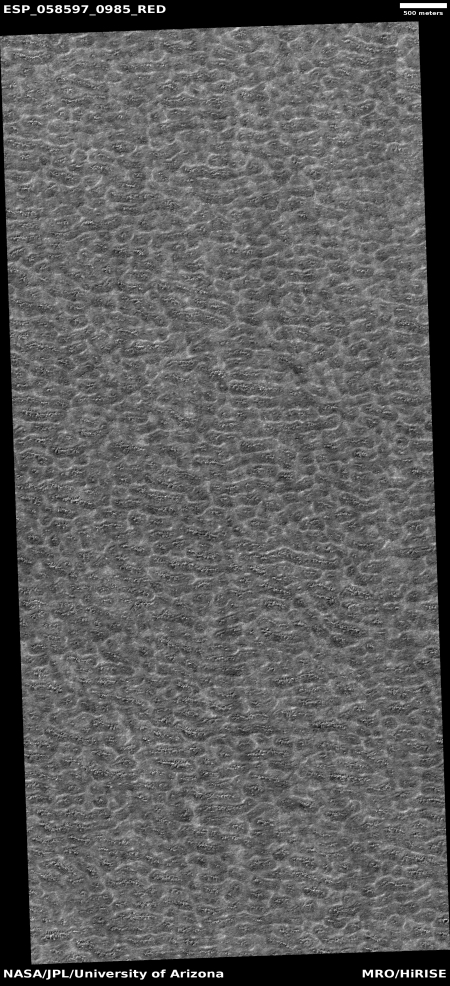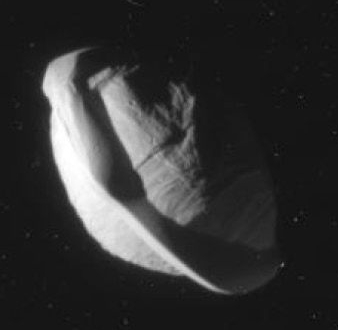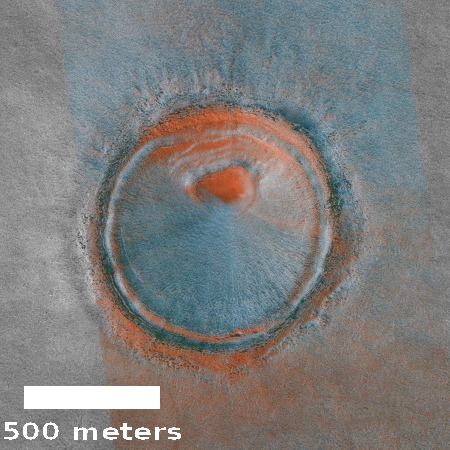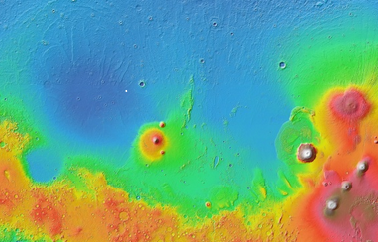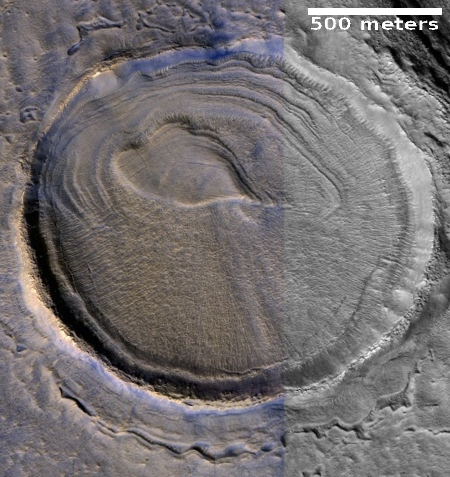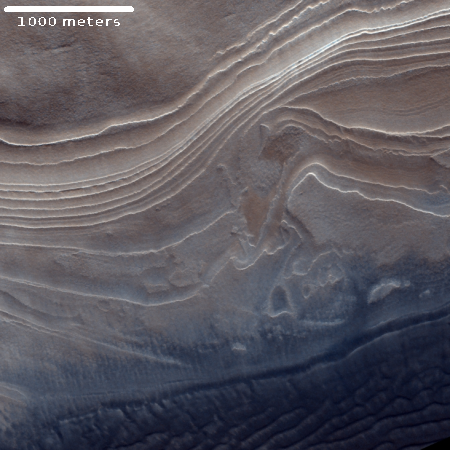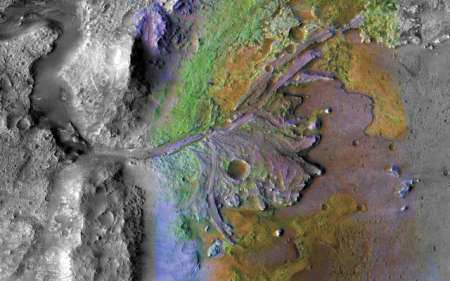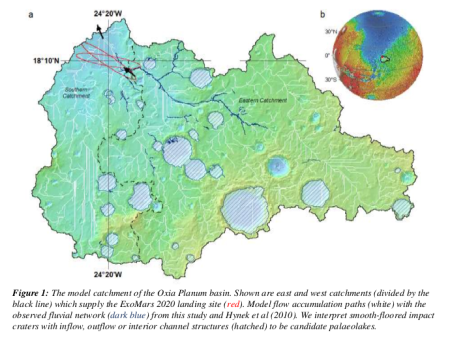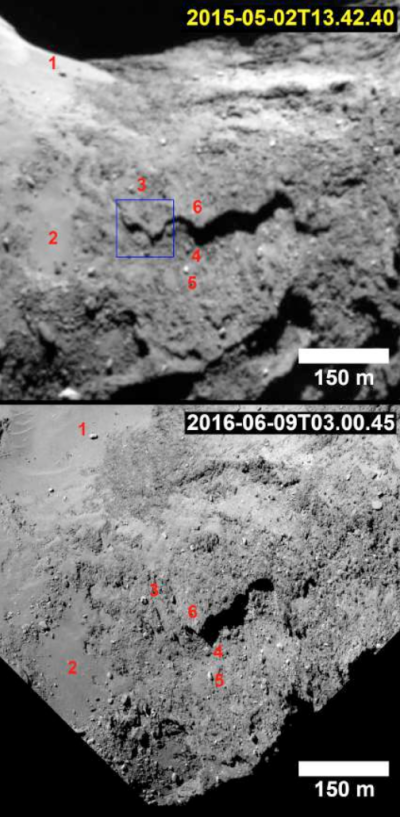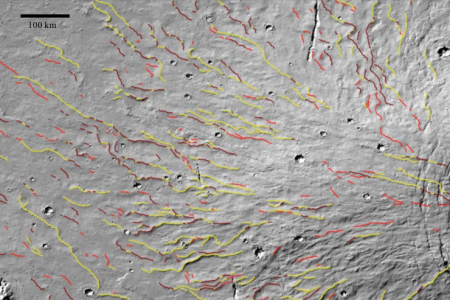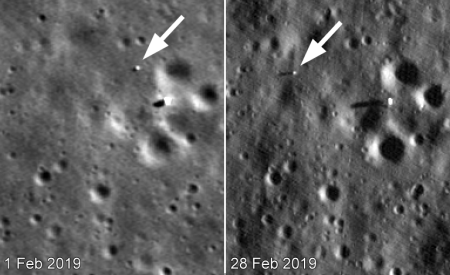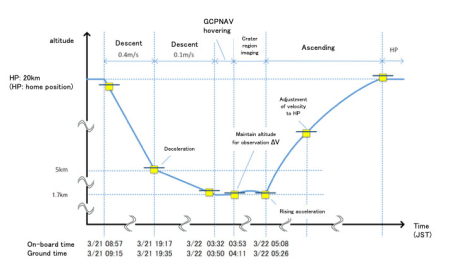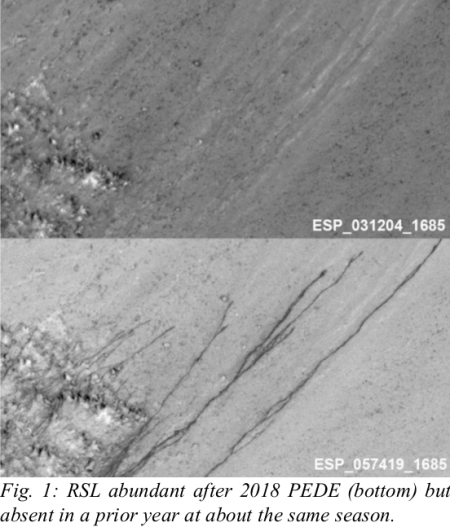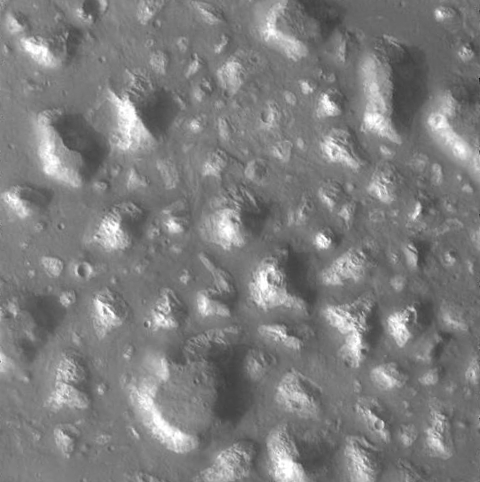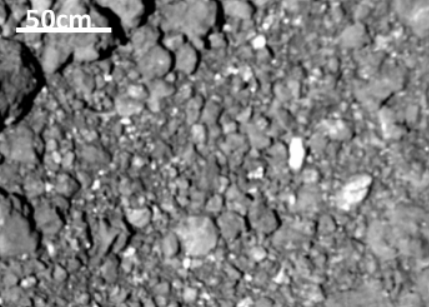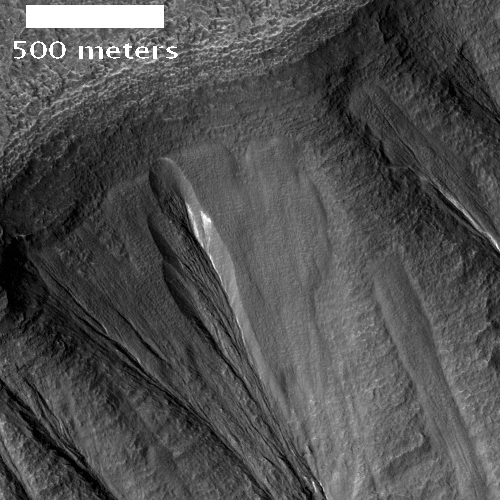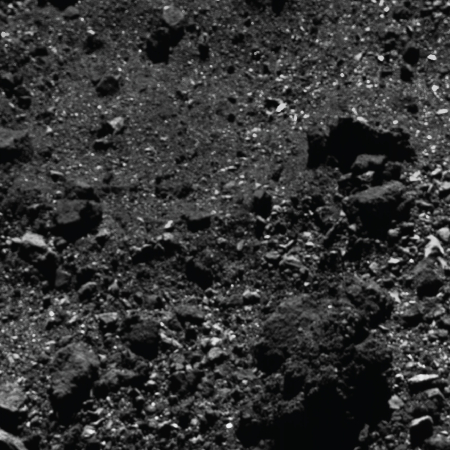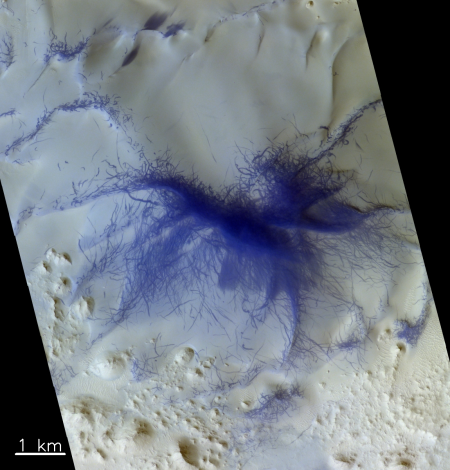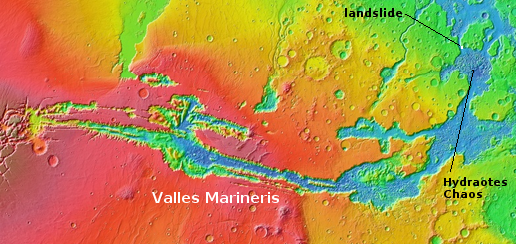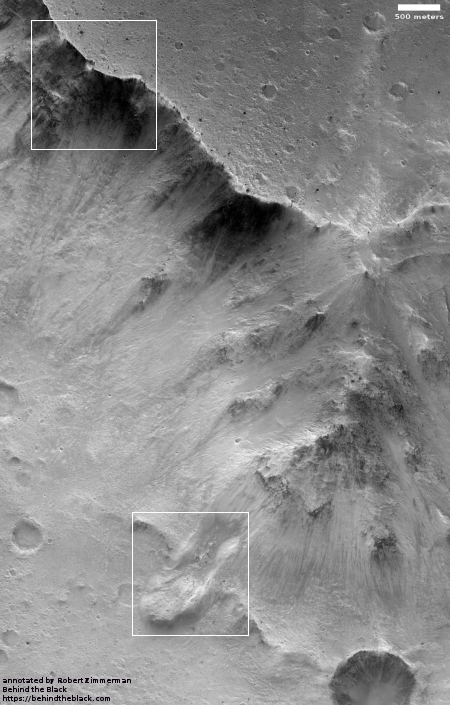Mars Express confirms Curiosity 2013 methane detection
The uncertainty of science: The Mars Express science team today announced that a reanalysis of the orbiter’s data showed the same spike spike of methane detection as seen by Curiosity on June 15, 2013.
The study exploited a new observation technique, allowing the collection of several hundred measurements in one area over a short period of time. The teams also developed a refined analysis technique to get the best out of their data.
“In general we did not detect any methane, aside from one definite detection of about 15 parts per billion by volume of methane in the atmosphere, which turned out to be a day after Curiosity reported a spike of about six parts per billion,” says Marco Giuranna from the Institute for Space Astrophysics and Planetology in Rome, Italy, the principal investigator for the PFS experiment, and lead author of the paper reporting the results in Nature Geoscience today.
“Although parts per billion in general means a relatively small amount, it is quite remarkable for Mars – our measurement corresponds to an average of about 46 tonnes of methane that was present in the area of 49 000 square kilometres observed from our orbit.”
Ten other observations in the Mars Express study period that reported no detections at the limit of the spectrometer’s sensitivity corresponded to a period of low measurements reported by Curiosity.
The data, along with their estimate about the source location for the methane, suggests that this was a geological event, not the result of biological life. They think the methane was trapped in ice-filled fissures, and released when that ice either broke or melted. Whether the methane itself was formed by past microbial life sometime in the past remains completely unknown.
To put it mildly, there are a lot of uncertainties in this result.
The uncertainty of science: The Mars Express science team today announced that a reanalysis of the orbiter’s data showed the same spike spike of methane detection as seen by Curiosity on June 15, 2013.
The study exploited a new observation technique, allowing the collection of several hundred measurements in one area over a short period of time. The teams also developed a refined analysis technique to get the best out of their data.
“In general we did not detect any methane, aside from one definite detection of about 15 parts per billion by volume of methane in the atmosphere, which turned out to be a day after Curiosity reported a spike of about six parts per billion,” says Marco Giuranna from the Institute for Space Astrophysics and Planetology in Rome, Italy, the principal investigator for the PFS experiment, and lead author of the paper reporting the results in Nature Geoscience today.
“Although parts per billion in general means a relatively small amount, it is quite remarkable for Mars – our measurement corresponds to an average of about 46 tonnes of methane that was present in the area of 49 000 square kilometres observed from our orbit.”
Ten other observations in the Mars Express study period that reported no detections at the limit of the spectrometer’s sensitivity corresponded to a period of low measurements reported by Curiosity.
The data, along with their estimate about the source location for the methane, suggests that this was a geological event, not the result of biological life. They think the methane was trapped in ice-filled fissures, and released when that ice either broke or melted. Whether the methane itself was formed by past microbial life sometime in the past remains completely unknown.
To put it mildly, there are a lot of uncertainties in this result.

